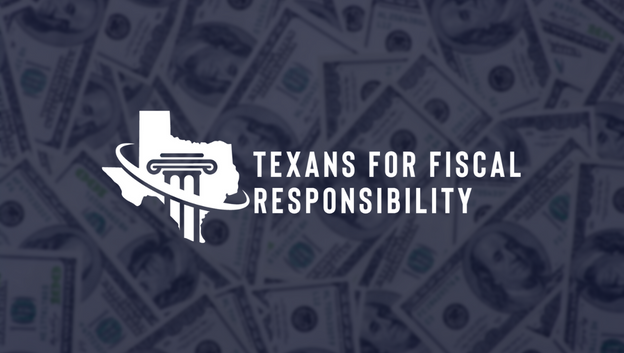
In the realm of education, the term “school choice” has become a buzzword, sparking discussions, debates, and policy changes across the globe. But what exactly is school choice, and why is it significant? Let’s delve into the concept and explore the various types of school choice programs available.
What is School Choice?
At its core, school choice refers to the idea that parents and guardians should have the freedom and autonomy to select the best educational setting for their children, whether it’s public, private, charter, or homeschooling. This concept challenges the traditional model where students are assigned to schools based on their residential address. Instead, it promotes a more flexible approach, allowing families to choose a school that aligns with their child’s needs, interests, and learning styles.
The primary goal of school choice is to ensure that all students, regardless of their socio-economic background, have access to quality education. By providing options, it aims to foster competition among schools, which can lead to improvements in the education system as a whole.
Types of School Choice Programs
There are several types of school choice programs, each with its unique features and benefits. Here’s a rundown of the most common ones:
- Traditional Government Schools: These are the standard government schools that are funded by taxpayers and are free for students to attend. While they are part of the school choice spectrum, students are typically assigned based on their residential address.
- Charter Schools: Charter schools are publicly funded, but operate independently of the traditional government school system. They have more flexibility in terms of curriculum, teaching methods, and operations. In exchange for this autonomy, they are held accountable for achieving specific performance outcomes.
- Magnet Schools: These are government schools with specialized courses or curricula. They might focus on subjects like science, technology, arts, or foreign languages. Magnet schools aim to attract a diverse student body from across a district, and admission is often based on a lottery system.
- Private Schools: These are schools funded by private sources, such as tuition fees, donations, or religious institutions. They operate independently of government school regulations and often have their own set of admission criteria.
- Voucher Programs: Voucher programs provide families with public funds to pay for a portion or the entirety of their child’s private school tuition. The idea is to give low-income families more educational options outside of their assigned government schools.
- Education Savings Accounts (ESAs): ESAs are state-funded (taxpayer funds) accounts that parents can use to pay for an array of educational services, including private school tuition, online courses, tutoring, or homeschooling expenses.
- Tax-Credit Scholarships: Under this program, businesses and individuals receive tax credits for donating to nonprofits that provide private school scholarships. Eligible students can then apply for these scholarships to attend private schools.
- Homeschooling: This option allows parents to educate their children at home, either by teaching them directly or through online courses and resources. Homeschooling offers maximum flexibility in terms of curriculum and schedule.
- Open Enrollment: This policy allows students to attend government schools outside of their assigned district or zone. There are two types: intra-district (within the same district) and inter-district (between different districts).
- Virtual or Online Schools: These are schools that offer instruction entirely or primarily online. They provide flexibility and can be especially beneficial for students in remote areas or those with unique needs.
In Conclusion
School choice is about empowering parents with the freedom to select the best educational environment for their children. By understanding the various programs available, families can make informed decisions that cater to their child’s individual needs, aspirations, and circumstances.
As the educational landscape continues to evolve, the concept of school choice will undoubtedly play a pivotal role in shaping the future of learning, ensuring that every child has an equal opportunity to thrive and succeed.
Texans for Fiscal Responsibility relies on the support of private donors across the Lone Star State in order to promote fiscal responsibility and pro-taxpayer government in Texas. Please consider supporting our efforts! Thank you!
Get The Fiscal Note, our free weekly roll-up on all the current events that could impact your wallet. Subscribe today!




